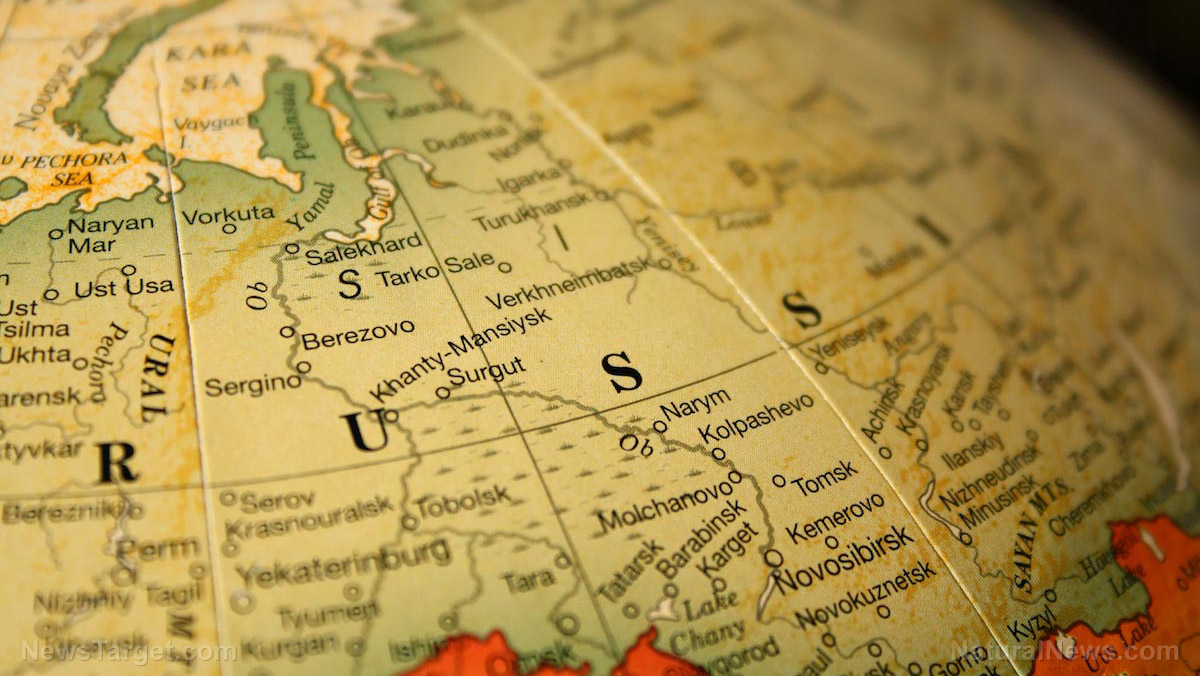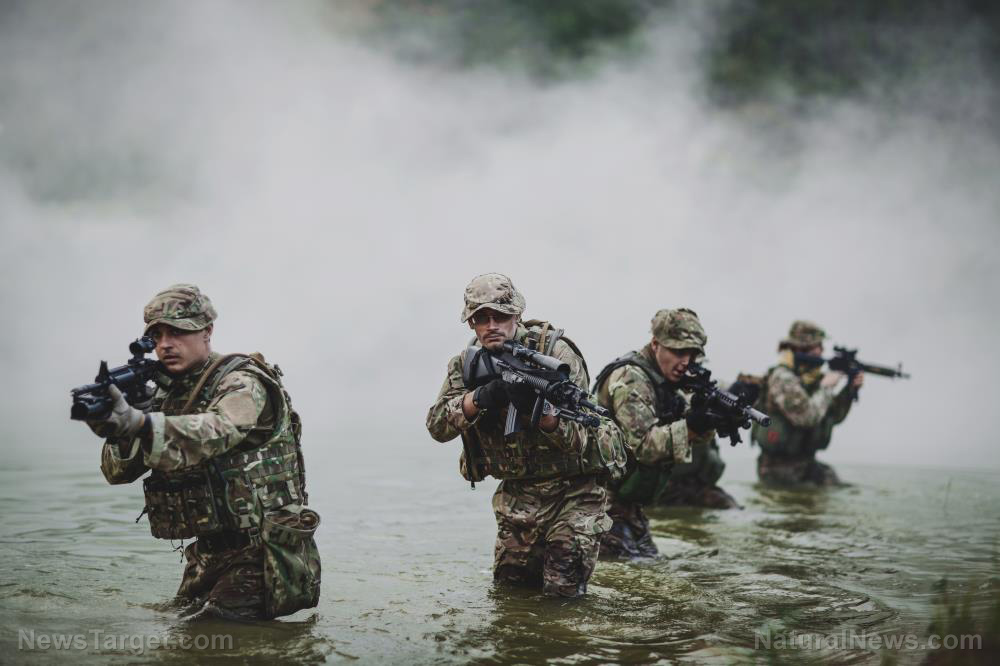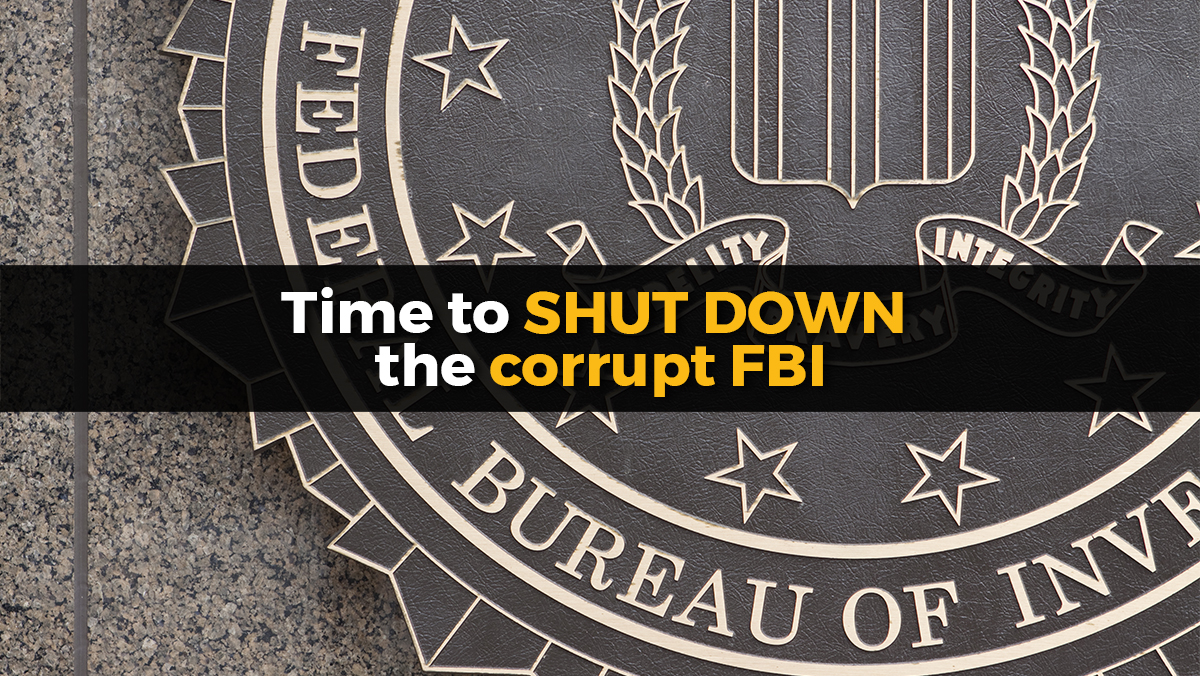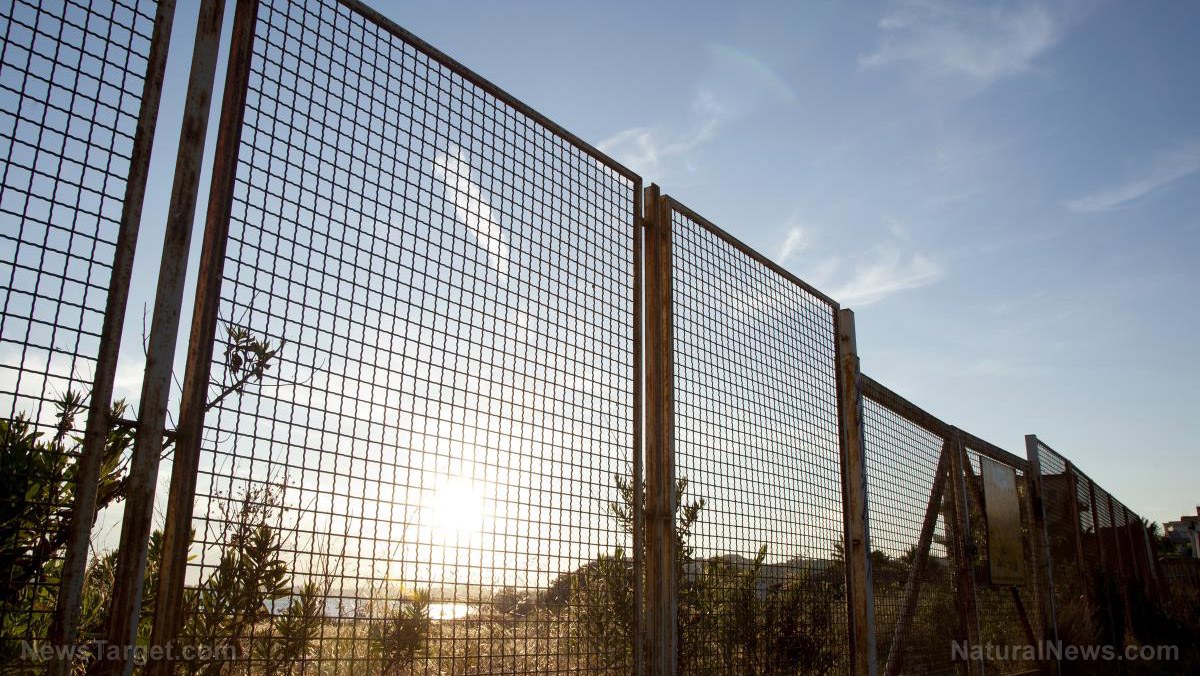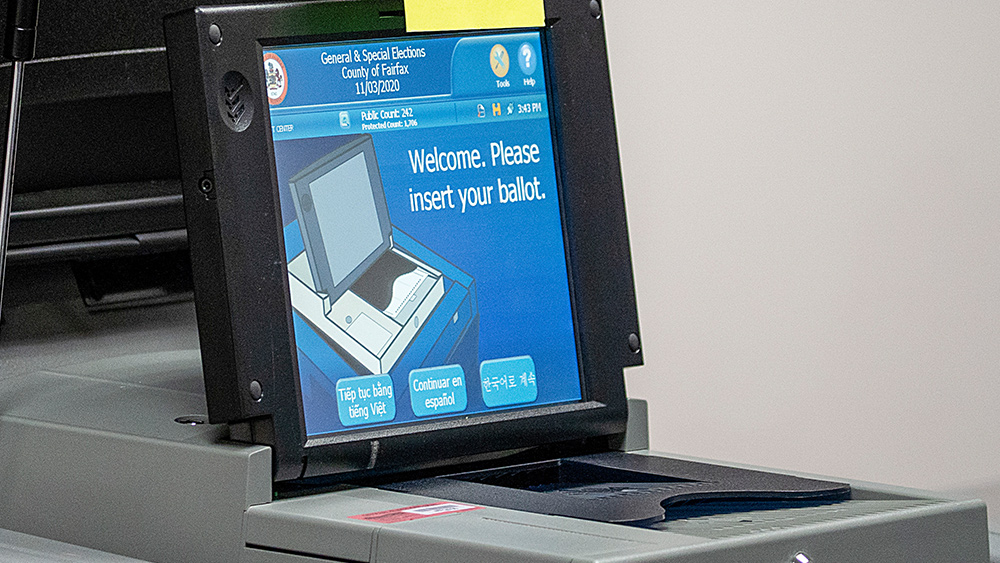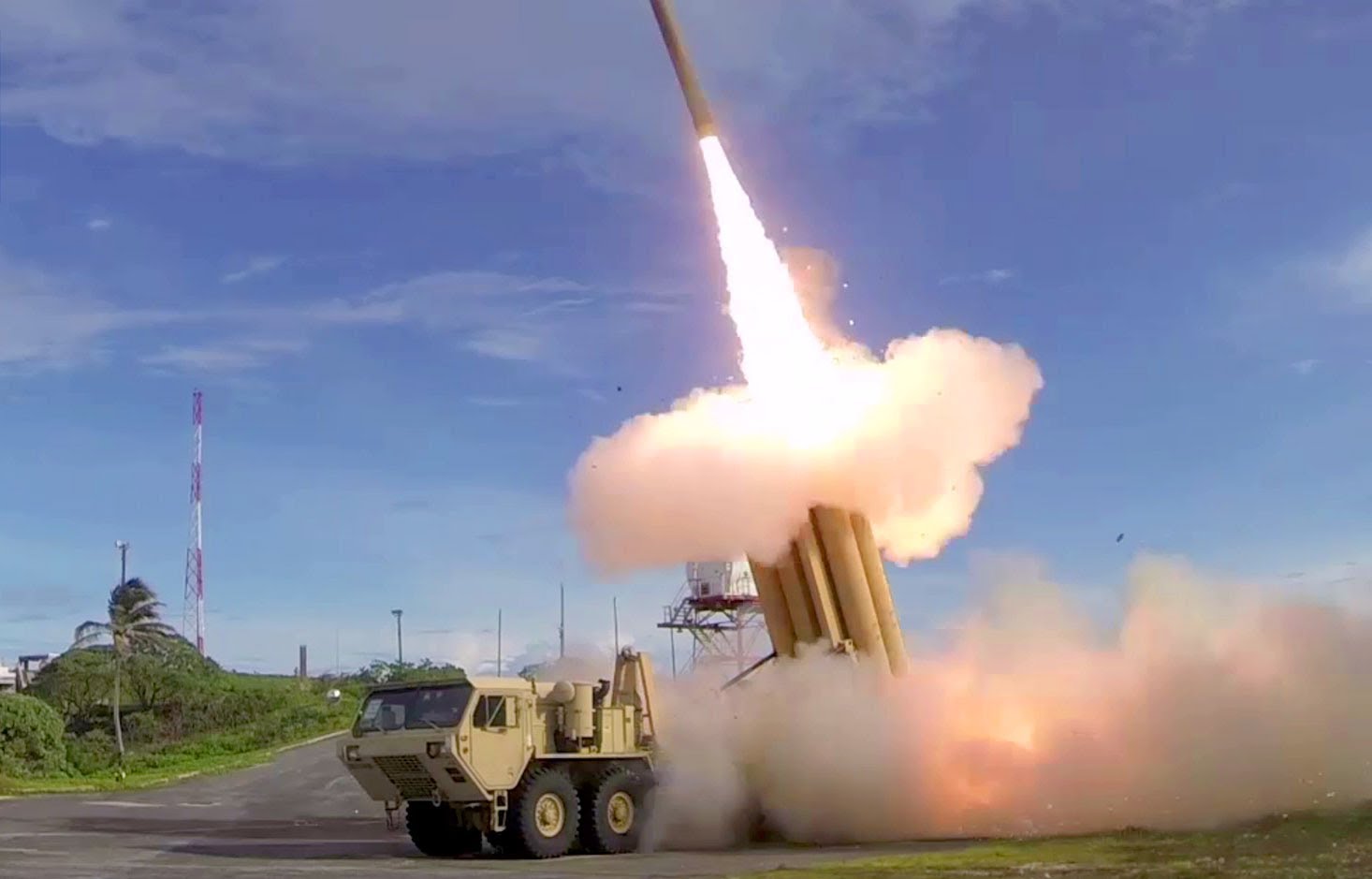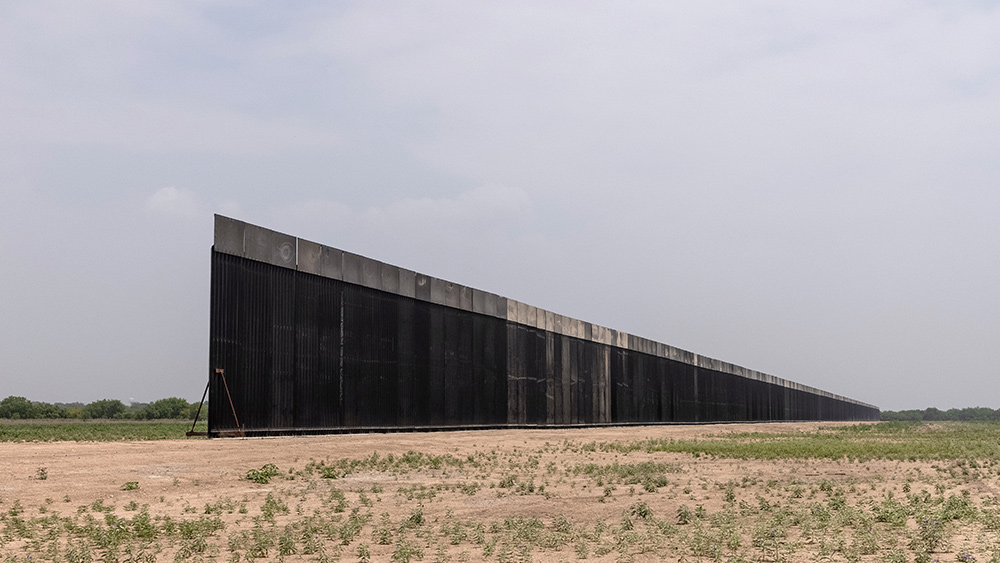China unveils new nuclear submarine that can strike any city in America
05/04/2021 / By Nolan Barton
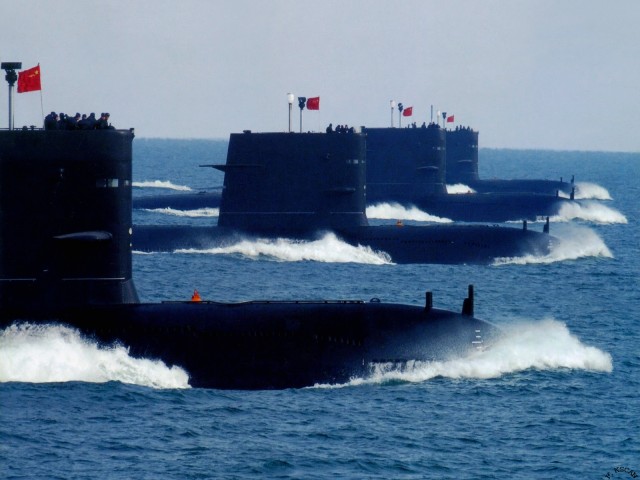
On Friday, April 30, China launched a new nuclear submarine that can slip past America’s first line of defense and hit the American mainland.
Most U.S. cities are out of range of submarine-launched ballistic missiles (SLBM) because of the “first island chain” – a series of bases dotted across the Pacific Ocean equipped with sophisticated submarine detection systems.
With the first island chain acting as the country’s first line of defense, hostile submarines are exposed to detection and attack by American P-8 anti-sub patrol planes, surface warships and other undersea reconnaissance capabilities before even coming close to striking distance of the U.S.
China’s new submarine can get past America’s first line of defense undetected
The first island chain can be rendered useless by the Type 094A Jin-class, nuclear-powered ballistic missile submarine (SSBN) that runs quieter than its predecessors. Aside from having a better chance to get past the first island chain undetected, Type 094A can also carry the JL-3 “Julang” (Big Wave) nuclear missile that has a 6,200-mile range.
The JL-3 can deliver the same number of warheads, including nuclear warheads, as its JL-2 predecessor. For context, the latter can be armed with either a single megaton-yield warhead 67 times more powerful than the Little Boy bomb dropped on Hiroshima, or three to eight smaller multiple independently targetable re-entry vehicles (MIRVs) that can strike different targets.
Macau-based military expert Antony Wong Tong said the news indicated that some technical breakthroughs had been achieved to make the JL-3 fit the silos of the Type 094A. “The original design and size of the JL-3 should be adjusted, but those changes do not reduce its firepower and range – a significant breakthrough,” he said.
A Chinese military source told the South China Morning Post that the Type 094A is an upgraded version of the Type 094 and that it has improved hydrokinetic and turbulent systems that make it quieter and let it carry the more powerful JL-3.
“Before the upgrade, the submarine was armed with the inferior JL-2 that could only hit the northeast United States, but now it’s able to cover the whole American continent,” said the source, who requested anonymity because of the sensitivity of the subject.
Chinese submarines have been dogged by the problem of being too noisy and easy to detect. According to state media, that has largely been remedied in recent years by Chinese naval engineer Rear Admiral Ma Weiming, who is now taking the lead in developing cutting-edge underwater propulsion technology.
The Type 094A is one of the three new warships unveiled last week to mark the 72nd anniversary of China’s People’s Liberation Army (PLA) Navy. The others were a new guided-missile cruiser known as the Type 055 Renhai-class and the Type 075 amphibious helicopter assault ship.
Tensions between China and the U.S. continue to escalate in the South China Sea, mainly over the independence of Taiwan. The independent state is the first link in America’s first island chain but for the Chinese government, it’s an important piece of territory that it’s eager to reclaim. (Related: Largest joint Russian-Chinese naval drills aim to counter U.S. influence in Asia.)
China boosts “second-strike” capability
Former PLA instructor Song Zhongping did not say what type of SLBM the Type 094A was armed with but said it would boost China’s second-strike capability – its ability to retaliate after a nuclear strike.
“The new SLBM with MIRVs with a firing range over 10,000 kilometers is the basic technical requirement for an upgraded Type 094 SSBN to cause nuclear deterrence,” he said. “China promises not to use a nuke first but a powerful SSBN fleet will help the PLA strengthen their second-strike power against rivals.”
China has six Type 094 and Type 094A SSBNs and plans to build two more to replace the Type 092 SSBNs.
The Chinese are not lacking in warheads to arm the missiles in their SSBNs either. A paper published by the Chicago, Illinois-based Bulletin of the Atomic Scientists has estimated that China has 350 nuclear warheads, significantly more than the “low 200s” estimated by the Department of Defense (DoD) in its 2020 report on China’s military.
Written by Hans Kristensen and Matt Korda of the Federation of American Scientists (FAS), the report arrived at the number by counting both operational warheads and newer weapons “still in development.” These weapons include hypersonic missiles, silo-based and road-mobile intercontinental ballistic missiles, and their submarine-launched equivalents.
The report said an estimated 272 of the 350 warheads in the PLA are operational. That estimate included 204 land-based missile warheads, 48 submarine-launched warheads and 20 aircraft-delivered gravity bombs. The estimate of 350 nuclear warheads does not include the suspected air-launched ballistic/hypersonic missiles and the multiple independent warheads that will be fitted on the DF-5C ICBM.
Still, the Chinese nuclear stockpile is significantly below that of the U.S. and Russia, which have thousands of nuclear weapons in their respective stockpiles. (Related: Pentagon warns: China will double the size of its nuclear arsenal in the next decade.)
The report also noted that China has traditionally maintained a low alert level for its nuclear forces, with most warheads at a central storage facility and smaller numbers kept in regional equivalents.
The DoD agreed with this assessment, adding that launchers, missiles and warheads are kept separate. But the department noted that PLA Rocket Force brigades conduct “combat readiness duty” and “high alert duty” drills, which are believed to include “assigning a missile battalion to be ready to launch, and rotating to standby positions as much as monthly for unspecified periods of time.”
Follow NationalSecurity.news for more news and information about threats to national security.
Sources include:
Submit a correction >>
Tagged Under:
communist China, first island chain, hypersonic missiles, Little Boy bomb, MIRV, missile warheads, national security, nuclear missile, nuclear submarine, nuclear war, nuclear warheads, Pacific Ocean, People's Liberation Army, propulsion technology, SLBM, South China Sea, SSBN, surface warships, World War III
This article may contain statements that reflect the opinion of the author
RECENT NEWS & ARTICLES
COPYRIGHT © 2017 NATIONAL SECURITY NEWS



